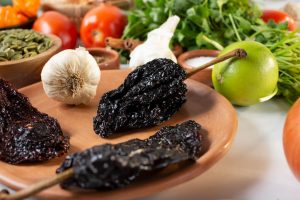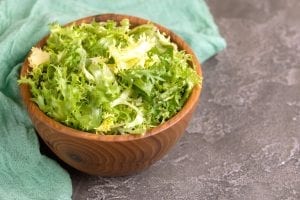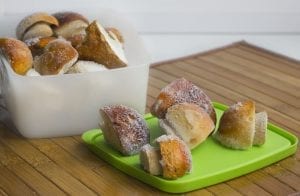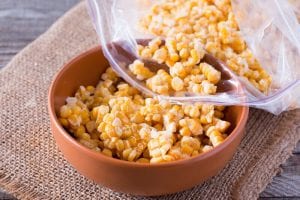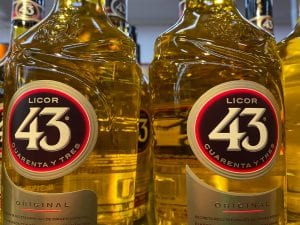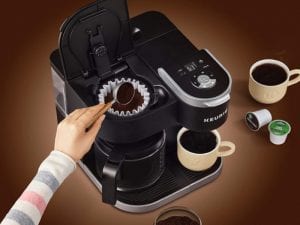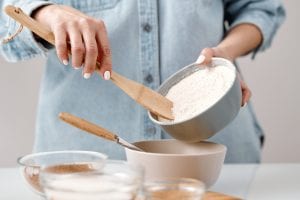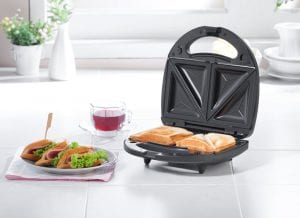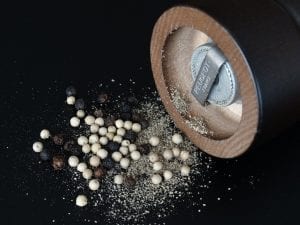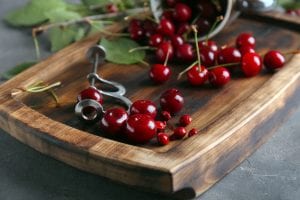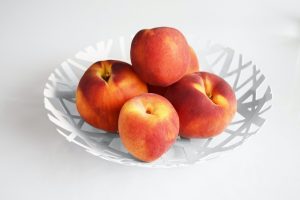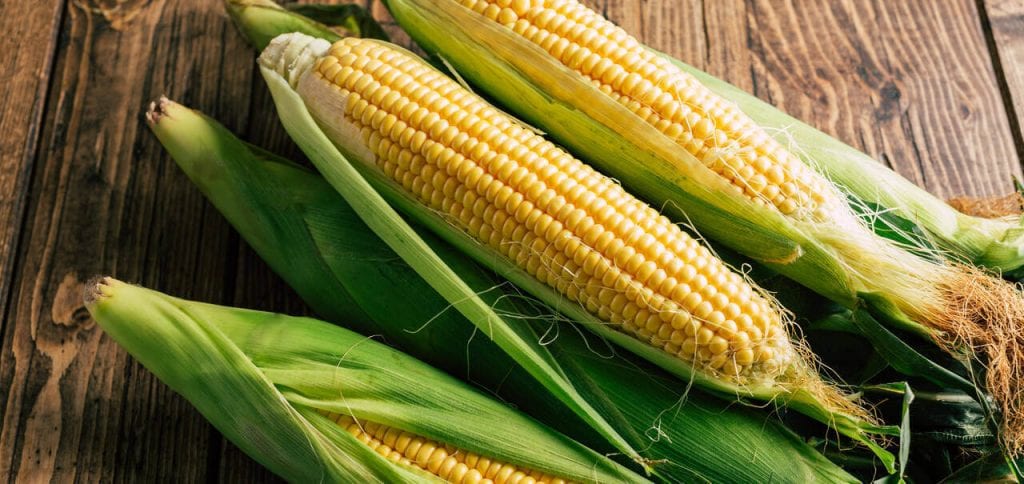
Some foods simply taste like summer. They’re so delicious that you’d just love for the hot season to drag on so you can eat them for a longer time. Unfortunately, you cannot stop staple summer vegetables like corn from wilting, drying out, and becoming starchy! And because it’s so well-loved, people have been going gaga on how to store corn on the cob better to keep its life longer.
To effectively retain the freshness of your priced corn on the cob throughout the summer and possibly for weeks or a year at most, you need to find a surefire storing method!
Read on through this helpful guide for tips on how to store and pick corn. You can now easily use it for your dishes like this fancy corn on the cob with tangy feta cheese and lime!
4 Methods to Keep Corn Fresh and Delicious
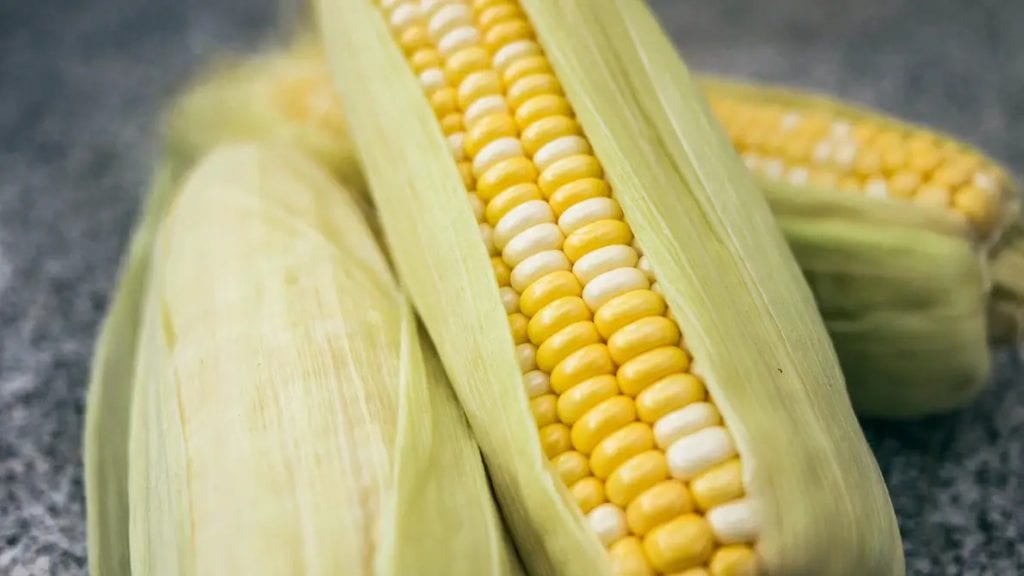
Storing in the Refrigerator
If you want to keep your corn fresh, then probably leaving it out of your refrigerator and in your kitchen isn’t the best idea. And, the longer it rests on your countertop drying, the more it will lose its sweetness. In fact, to keep your corn fresh, keeping it moist and well-hydrated (but not too much) is the key. And this method is perfect for some corn on the cob with garlic-chives butter, a big step up from the usual recipes.
Using your refrigerator is the best way to store corn on the cob as it will keep it from drying. Here’s what you have to do:
- Clean the corn by removing the corn husks and silk.
- Then place your corn in a plastic wrap individually.
- After wrapping them individually, wrap them together in bigger freezer bags.
- Lastly, store them in the fridge.
However, this will only work if you plan on eating your corn within two to three days. Leaving your corn sitting in the refrigerator for longer than that will also dry it out. If you want them to last longer, then freezing is the method you should go for!
Freezing Whole Corn Ears
There will come a time when you have too many ears of corn and you’ve already eaten your fill. So you’re left with a problem: how are you going to store corn for much longer than a few months, a year at max? Can you freeze corn? Is there a right way on how to freeze corn on the cob? But what’s sure is this: frozen corn has at least a year of shelf life.
Furthermore, there are several ways you can freeze fresh corn. If you are in a time crunch, you can try freezing raw corn with the husks on or with the husks off. Of course, those who have time on their hands can always blanch it and store it in the freezer. To cap it all off, you can freeze raw corn with the husks on or off, as well with or without the blanching method.
Freezing Corn Kernels
There are two ways you can freeze your corn kernels: blanched and unblanched. Blanching corn kernels helps in locking in the flavors and texture of the corn that are lost when they’re frozen for long. You can also sweeten your corn more by adding sugar when you blanch it.
Both methods can last up to 12 months if you store and freeze them the right way, so make sure they’re airtight to avoid freezer burns. For best flavor, however, it’s best to consume them within 10 months of storage.
You can use your saved kernels by trying this delectable Panera-inspired corn chowder recipe that requires four cups of corn kernels.
Canning Kernels
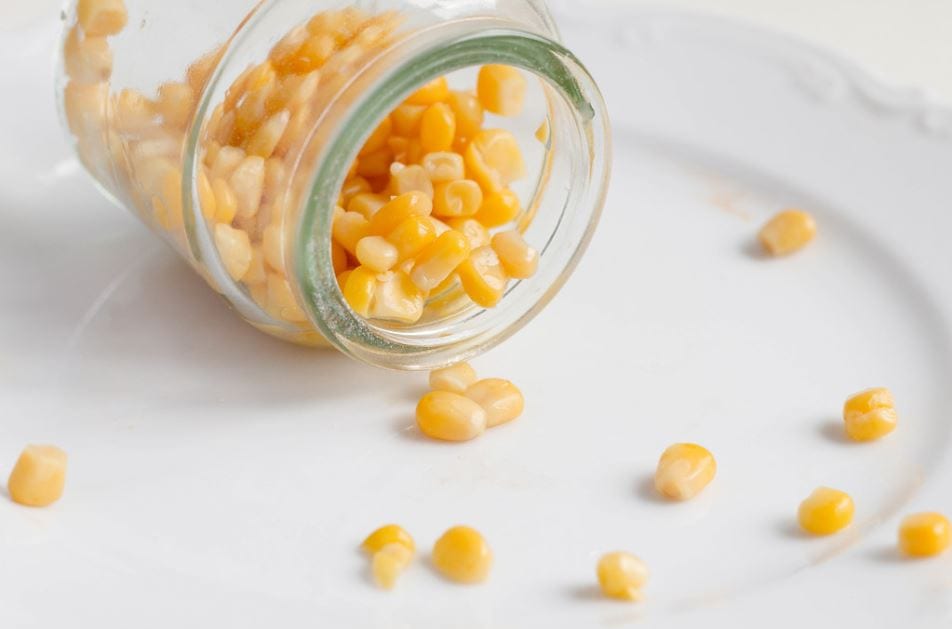
One good way to enjoy and preserve your corn is to can them. It may not be that popular, but most people don’t know that a serving of canned corn will give you 2.5 grams of fiber while frozen corn can only give you 2 grams.
So if you’re trying to lose weight, incorporating canned kernels into your diet will probably help you lose weight since it can help you feel fuller. Otherwise, you can also use your canned kernel in this unusual corn casserole recipe that’s a perfect side dish for your Thanksgiving turkey.
If you’re interested in canning your corn kernels, follow these careful steps:
- Get your best stock pot and fill it with water, then bring to a rolling boil.
- While boiling water, husk the corn and remove the corn silk.
- Place in the pot and start blanching corn for three minutes.
- Once boiled, put them in cold water or ice water bath for three minutes.
- Using a cutting board or a roasting pan, cut the corn ¾ off the kernel.
- Again, bring a large stockpot full of water to a boil.
- Prepare canning jars by sterilizing both jars and lids while you’re boiling water.
- Next, fill hot jars with corn kernels. Be sure to leave one inch of space.
- Using the water you boiled earlier, fill jars with boiling water while still leaving one inch of space.
- Wipe rims and put the lids and finger-tight rings before placing them in the pressure canner.
- Pressure can the jars with 10 pounds of pressure for 55 minutes. If you’re using quart jars it would take one hour and 20 minutes to pressure can them.
- Once done, remove jars from the pressure canner and let them sit on a paper towel or kitchen towel overnight in a cool area.
The next day, check to see if the jars are sealed by pushing the center of the jar. If it doesn’t move, it’s tightly sealed. You can keep the canned kernels for up to 12 months as long as they’re stored in a cool, dark place.
How to Pick Fresh Corn
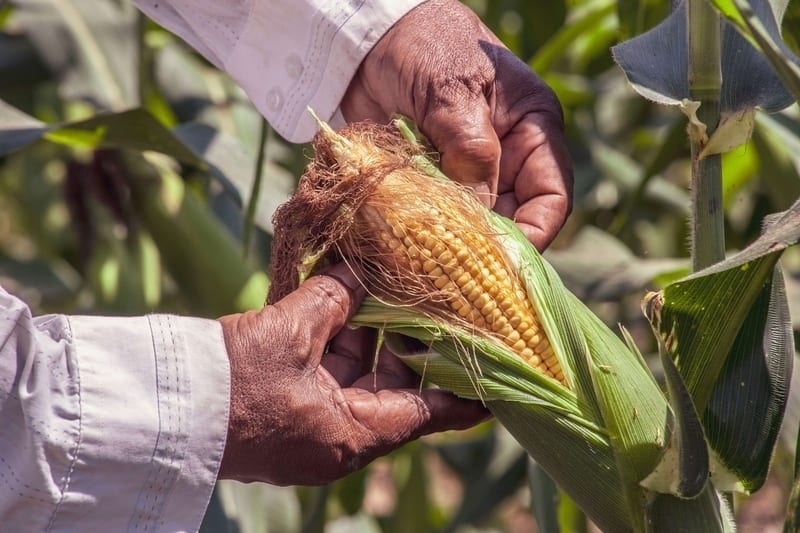
Picking good corn at your local grocery is easier than you think. But it’s even easier and better to shop at your local farmers market for fresher options. You don’t even have to pull the husk off to see if the corn is plump and juicy. That’s the last thing you have to do. Doing so would speed up its drying process and shorten its shelf life since the husk is its protective covering.
To pick corn the right way, the following is what you have to do:
- Take a look at its husk. It should be bright green and is wrapped tightly in the corn. It is moist and not dried up.
- Next, check the tassel. The tassel should be light brown to yellow or gold and should be sticky and moist when you touch it.
- Take a whiff of the tassel. If it smells sweet and clean, the corn is good. If not, the corn is on its way to decaying.
- Without taking the husks off, give the corn a light squeeze by gently running your fingers through the corn. You should feel a firmness to it. The kernels should be plump and not dry to touch. You should also feel if a kernel is missing. When you do, pass up that corn and keep looking for fresher ones.
How to Store Corn on the Cob: Different Methods for Your Kitchen Needs
All of these methods are just as effective and useful as the other. At the end of the day, it’s just a matter of what suits your lifestyle best, same as with the recipe you want to make! So, next time a loved one asks you about your method for how to store corn on the cob, you’ll have a tried and tested answer ready for them.
